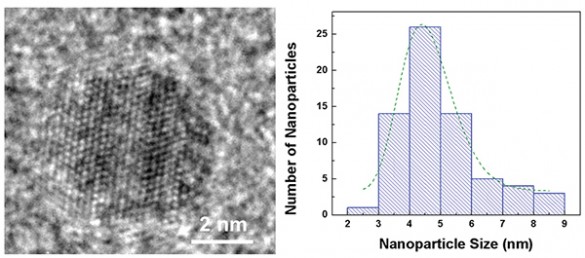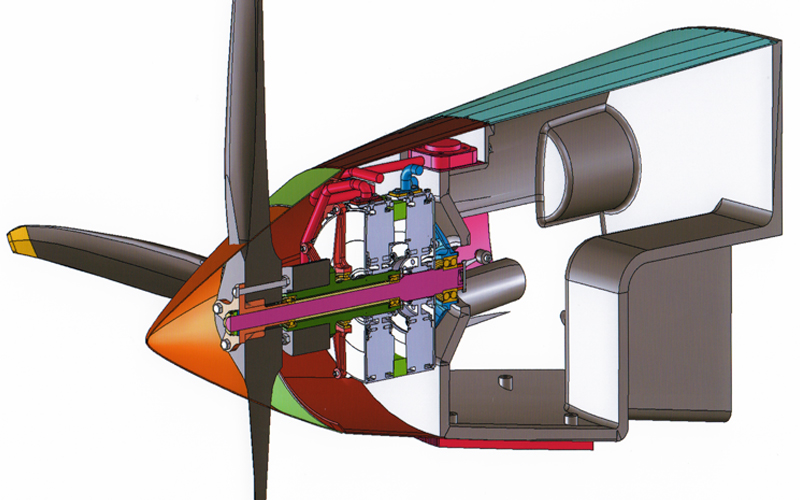Better, Cheaper, Faster. That was the mantra when your editor worked in the semiconductor manufacturing world. Designs, processes and materials were all recalibrated constantly to enable the march toward those three goals. And to some extent, constant repetition helped us achieve the ideal of Moore’s Law, the dictum that computer chips would double the number of transistors they contained every two years. Transistor density in computer chips determines the level of performance they can achieve, and this doubling has yet to reach its end. Unfortunately, batteries haven’t doubled in performance every two years, but seem to follow an annual five-to-eight-percent increase in energy density. This would mean, at best, that energy densities would double every nine years. The Tesla Forum notes this progress would not be continuous, but introduced in steps. Without either party sharing much information on the energy densities of their experimental cells, researchers in America and Switzerland find the “super environmentally friendly” nature of fool’s gold in batteries …
Britain Puts an Electric Nose on a New Zealand Carbon Fiber Falco
Richard Glassock, an Australian now working in Hungary, has been a presenter at an Electric Aircraft Symposium and received worldwide interest for his eight-passenger, open cockpit sailplane design a few years ago. He writes today to share news about a twin electric motor conversion for a Falco, the great, high-speed craft by Italian Stelio Frati. Originally designed for four-cylinder, horizontally-opposed engines of up to 300 horsepower, the wood airframe was incredibly complex and required thousands of hours to construct. Signor Aldini reported taking 80 hours just to make the main spar’s jig – with four people needed to complete clamping before the glue set. With the increasing difficulty of finding aircraft-grade sitka spruce or aircraft-grade wood craftsmen, those who can replace their time with money can purchase an all-carbon-fiber composite kit with qualifies under the FAA’s 51-percent rule – the homebuilder being responsible for 51 percent of the construction. All kits for the airframe, firewall back, total over $92,000 (U. S. …
Cambridge’s “Ultimate” Battery? Wait 10 Years and See
Cambridge University researchers claim to have successfully demonstrated how several of the problems impeding the practical development of the so-called “ultimate” battery, in this case a lithium-oxygen unit, could be overcome. They make some pretty impressive claims, saying they’ve developed a working laboratory demonstrator with “very high” energy density – comparable to that of gasoline and with greater than 90-percent efficiency, and the ability to be recharged more than 2,000 times, or 5-1/2 years with a complete cycle and recharge every day. A lithium-oxygen or lithium-air battery of this type would allow an uninterrupted drive between London and Edinburgh on a single charge, about 415 miles, over 100 miles greater than the top mileages promised by Tesla and GM at this point. Researchers add the promise of one-fifth the cost and one-fifth the weight of currently available batteries – a touchstone for electric aircraft designers, and close to the goals U. S. Energy Secretary Steven Chu asked for three years …



